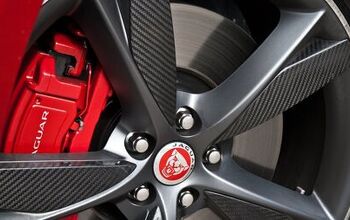Jaguar Land Rover Resumes In-House Engine Production

After 15 years, Jaguar Land Rover is going to begin producing its own engines once again at a new $750 million Jaguar Land Rover (JLR) engine plant in Wolverhampton, England.
A series of ownership changes and poor sales led the Jaguar Land Rover brand astray and caused the company to stop producing its own engines in the late 1990’s. JLR is now owned by Indian automaker Tata and has been flourishing.
The company is not only building the new engine plant, but it is also hiring new talent. Wolfgang Ziebart, a 23-year BMW manufacturing and product development veteran has been brought on to help develop the new powerplants.
The new lineup of motors are expected to be lightweight and powerful, with displacements around 2.0 liters. “We will probably set a new benchmark in terms of engine efficiency, weight and power per liter, and so on,” said Ziebart. He also says that the company is considering building a new three-cylinder engine, if the output can be made to match the four cylinder engines.
[Source: Automotive News]
Discuss this story at our Land Rover Forum

Stephen covers all of the day-to-day events of the industry as the News Editor at AutoGuide, along with being the AG truck expert. His truck knowledge comes from working long days on the woodlot with pickups and driving straight trucks professionally. When not at his desk, Steve can be found playing his bass or riding his snowmobile or Sea-Doo. Find Stephen on <A title="@Selmer07 on Twitter" href="http://www.twitter.com/selmer07">Twitter</A> and <A title="Stephen on Google+" href="http://plus.google.com/117833131531784822251?rel=author">Google+</A>
More by Stephen Elmer
































Comments
Join the conversation